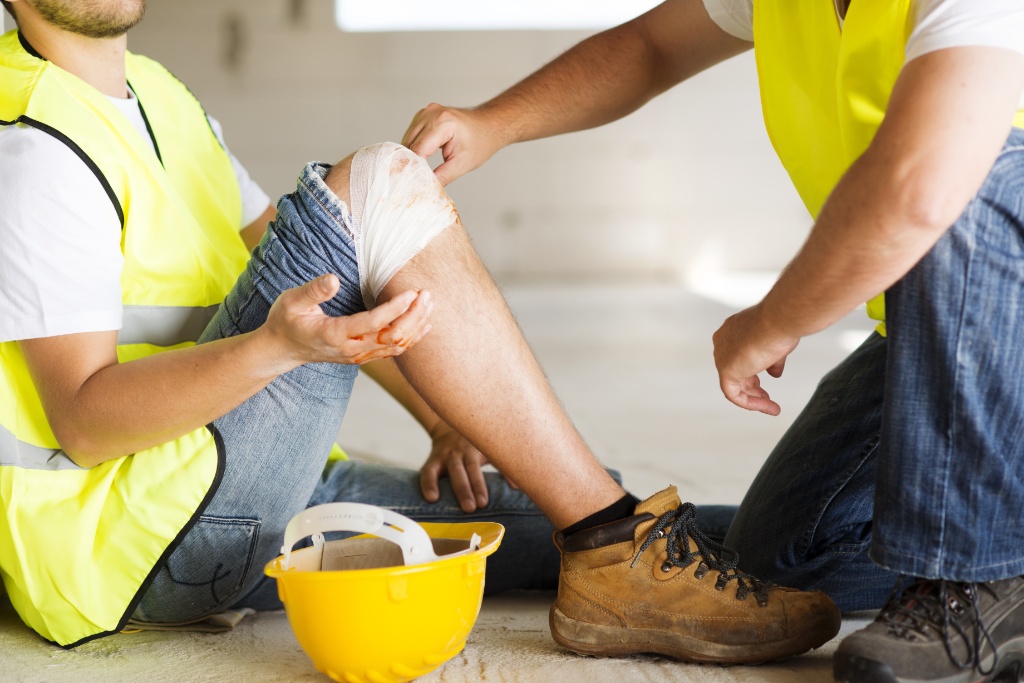May 3, 2018 | accident benefits Claims
Trampoline Park Safety in Ontario
Table of Contents
In Canada, there are few safety regulations for trampoline parks that are actually enforceable, a topic that has been brought to light after recent serious injuries and even deaths at indoor trampoline parks.
So, what happens if you have a child and he or she becomes injured at a trampoline park, or worse? Do you have any legal rights?
Trampoline Park Risks
Recently, a civil lawsuit was filed by the family of a 46-year-old man who died after breaking his neck in a foam pit. A similar incident happened at another trampoline park, leaving a teenager paralyzed from the chest down.
Hospitals in Canada are now seeing trampoline park injuries almost daily. The risks at trampoline parks or on backyard trampolines can vary, but include:
- Colliding with another person or landing on them
- Getting pushed off the trampoline
- Falling off the trampoline and landing hard on an object or the ground
- Trying to do flips or tricks
- Landing improperly while jumping
- Jumping off the trampoline instead of climbing off
- Coming into contact with the frame or springs
Information on trampoline-related injuries across the country hasn’t been consistently gathered over the years, and underreporting is expected. However, between 1990 and 1998, trampoline injuries to children in Canada nearly quadrupled. In the latest data year available, 2003, nearly 700 hospital admissions for trampoline injuries were recorded that year in the Canadian Hospital Injury Reporting and Prevention Program database.
Types Of Trampoline Injuries
According to a report by the Canadian Paediatric Society, the severity of trampoline-related injuries is increasing, as well.
“Using hospital admission rates as a measure of injury severity, trampoline injuries result in greater harm than injuries incurred in other sports or recreational activities. In Canada, despite the fact that trampoline injuries occur less often than other sport- and recreation-related injuries, perhaps reflecting lower participation rates, they result in a relatively greater frequency of hospital admissions.”
Hospital admissions in Canada for backyard trampoline injuries increased 56% between 1990 and 2001.
The most common types of trampoline injuries include:
- Fractures, often in the upper limbs
- Sprains
- Strains
More serious injuries range from cervical spine injuries, vertebral artery dissection, significant knee ligament injuries, popliteal artery thrombosis, and ulnar nerve injuries.
Most injuries occur to the extremities from falling off a trampoline, particularly the upper limbs. The most at-risk group for trampoline injuries is children between the ages of 5 and 14, though ones aged 7 to 10 have the most hospital admissions.
Trampoline Park Safety Regulations
Despite an increase in the popularity of trampoline parks, there has been little done to change safety regulations.
According to Health Canada, “there are currently no Canadian regulations regarding trampolines.” Construction or design flaws from the manufacturer, however, would result in the government taking “appropriate action to ensure that the health and safety of Canadians is protected.”
Trampoline Park Litigation
If you or your child were injured in a trampoline park or while using someone else’s trampoline on their property, you may be entitled to pursue legal action to recover damages you have incurred as a result of sustaining injuries. To review your case with our Ontario personal injury lawyers and receive personalized legal advice, take advantage of a free initial consultation by calling Preszler Injury Lawyers at 1-800-JUSTICE.
Blog Categories
More accident benefits Topics
Here’s more information on accident benefits related topics that we think you might find helpful.

premises liability
|
March 19, 2025
Holiday Parties: Your Legal Obligations as a Host
Since the Supreme Court of Canada’s decision in Menow v. Jordan House LTD, 1974 SCR 239, it has been established that commercial hosts (ie. bars…

personal injury
|
January 23, 2024
Injured as a Worker in Ontario? A WSIB Claim Isn’t Necessarily Your Best— Or Only— Option
In Ontario, the compensation of workers who sustain injuries or illnesses in the course of their employment is governed by the Workplace Safety and Insurance…

personal injury
|
December 7, 2023
Does a Child Have the Right to Sue for Personal Injury?
As much as parents and guardians do everything they can to keep children safe and protected from dangerous situations, there are occasions when a child…
